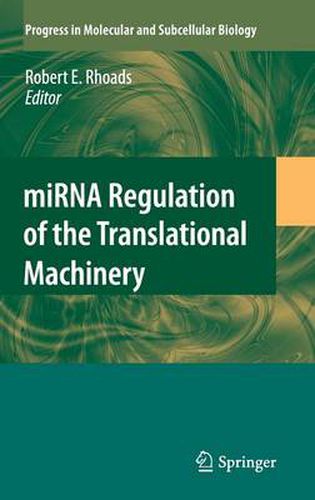Readings Newsletter
Become a Readings Member to make your shopping experience even easier.
Sign in or sign up for free!
You’re not far away from qualifying for FREE standard shipping within Australia
You’ve qualified for FREE standard shipping within Australia
The cart is loading…






This title is printed to order. This book may have been self-published. If so, we cannot guarantee the quality of the content. In the main most books will have gone through the editing process however some may not. We therefore suggest that you be aware of this before ordering this book. If in doubt check either the author or publisher’s details as we are unable to accept any returns unless they are faulty. Please contact us if you have any questions.
An odd and unexpected finding was reported by the laboratory of Richard Jorgensen in 1990: expression of extra copies of the gene encoding chalone synthase in petunias turned off the endogenous chalone synthase gene. An observation that appeared totally unrelated was made by the laboratory of Victor Ambrose in 1993: a gene in Caenorhabditis elegans, lin-4, controlled the timing of larval development but did not encode a protein. Rather, it expressed two small RNAs that were complementary to the 3’-untranslated region of the lin-14 gene in a region that had previously been shown to repress expression of the LIN-14 protein. From another quarter, David Baulcombe’s laboratory showed in 1997 that plant viruses could induce sequen- specific gene silencing. Then in a landmark paper, Andrew Fire and Craig Mello showed in 1998 that double-stranded RNA (dsRNA) triggers a gene-silencing mechanism that they dubbed RNA interference (RNAi), for which discovery they were awarded the Nobel Prize in Physiology or Medicine in 2006. These diverse findings have triggered an explosion of research around the world in both plants and animals to discover the mechanisms and broader ramifications of RNAi. We now know that there are both exogenous pathways involving formation of siRNA when dsRNA is introduced and endogenous pathways involving miRNA, piwiRNA, and rasiRNAs. All pathways culminate in formation of an RNA-induced silencing complex (RISC) containing a member of the Argonaute protein family bound to a 22-nt RNA strand that interacts with a target mRNA or gene through Watson-Crick base pairing.
$9.00 standard shipping within Australia
FREE standard shipping within Australia for orders over $100.00
Express & International shipping calculated at checkout
This title is printed to order. This book may have been self-published. If so, we cannot guarantee the quality of the content. In the main most books will have gone through the editing process however some may not. We therefore suggest that you be aware of this before ordering this book. If in doubt check either the author or publisher’s details as we are unable to accept any returns unless they are faulty. Please contact us if you have any questions.
An odd and unexpected finding was reported by the laboratory of Richard Jorgensen in 1990: expression of extra copies of the gene encoding chalone synthase in petunias turned off the endogenous chalone synthase gene. An observation that appeared totally unrelated was made by the laboratory of Victor Ambrose in 1993: a gene in Caenorhabditis elegans, lin-4, controlled the timing of larval development but did not encode a protein. Rather, it expressed two small RNAs that were complementary to the 3’-untranslated region of the lin-14 gene in a region that had previously been shown to repress expression of the LIN-14 protein. From another quarter, David Baulcombe’s laboratory showed in 1997 that plant viruses could induce sequen- specific gene silencing. Then in a landmark paper, Andrew Fire and Craig Mello showed in 1998 that double-stranded RNA (dsRNA) triggers a gene-silencing mechanism that they dubbed RNA interference (RNAi), for which discovery they were awarded the Nobel Prize in Physiology or Medicine in 2006. These diverse findings have triggered an explosion of research around the world in both plants and animals to discover the mechanisms and broader ramifications of RNAi. We now know that there are both exogenous pathways involving formation of siRNA when dsRNA is introduced and endogenous pathways involving miRNA, piwiRNA, and rasiRNAs. All pathways culminate in formation of an RNA-induced silencing complex (RISC) containing a member of the Argonaute protein family bound to a 22-nt RNA strand that interacts with a target mRNA or gene through Watson-Crick base pairing.